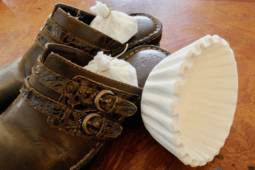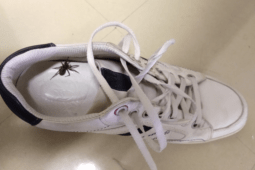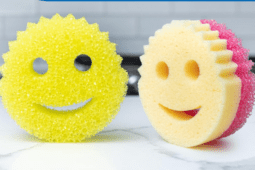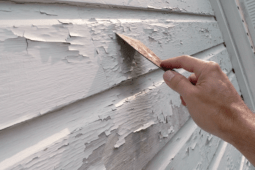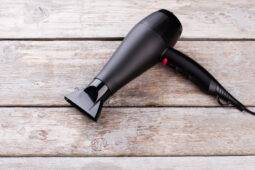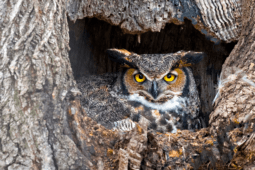5 Flowers That Attract Hummingbirds to Your Garden
Hummingbirds are fascinating little creatures known for their vibrant colors and rapid wingbeats. If you’d like to invite these beautiful birds to your garden, the right flowers can make all the difference. By planting species that provide rich nectar and bright blooms, you’ll create an inviting space hummingbirds can’t resist. Here are five flower varieties that are sure to draw these delightful visitors to your outdoor space.
1. Bee Balm (Monarda)
Bee balm is a hummingbird favorite, thanks to its bright red, pink, and purple blooms that provide plenty of nectar. The tubular-shaped flowers are perfectly designed for a hummingbird’s long, slender beak, making them an ideal food source.
To keep bee balm thriving, plant it in a sunny spot with well-drained soil. Deadheading the spent blooms will encourage continuous flowering throughout the season. Bee balm is also known for its pleasant fragrance, which attracts butterflies and bees as well, adding even more life to your garden.
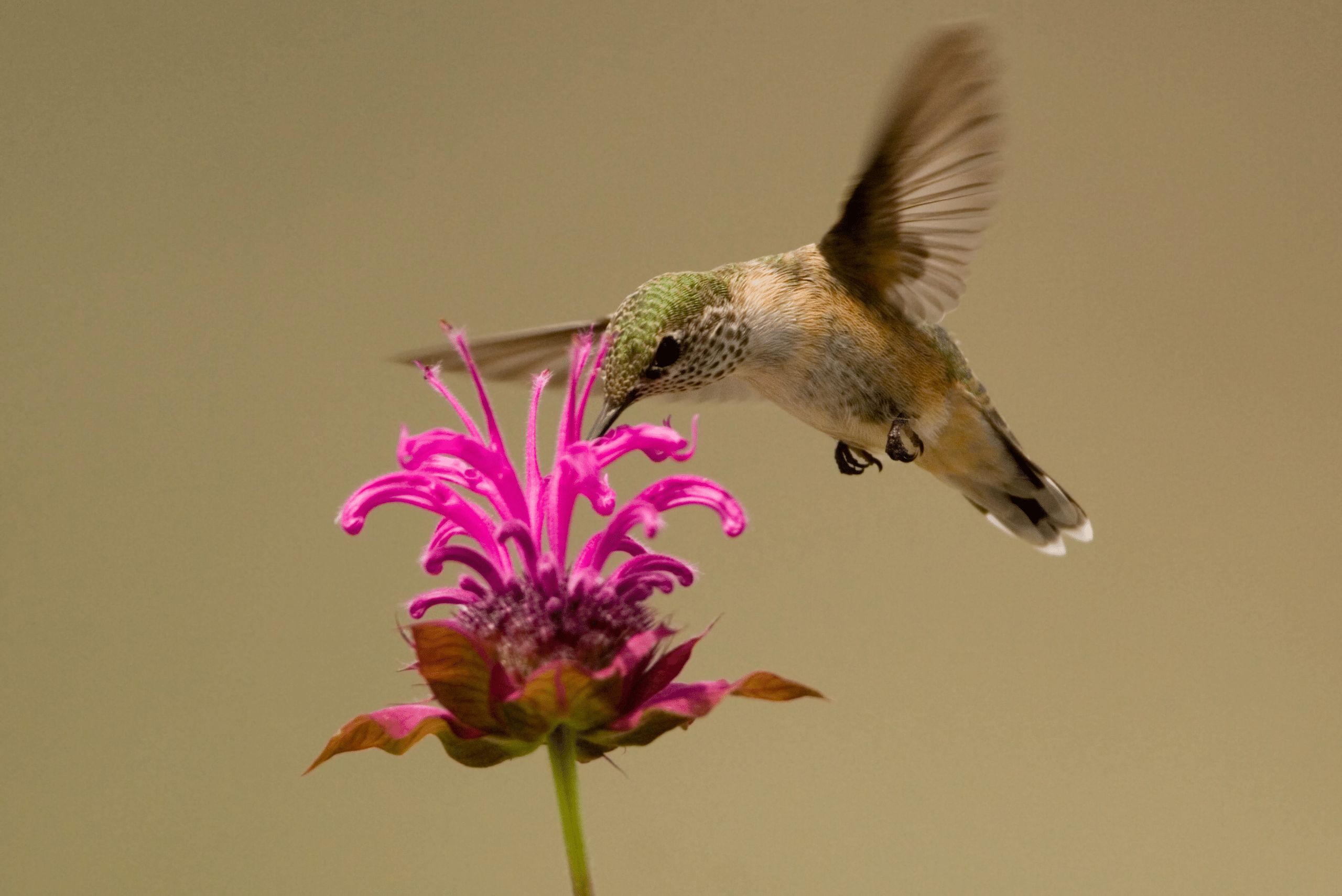
2. Salvia (Sage)
Salvia plants produce tall spikes of tubular flowers in vibrant shades of red, purple, and blue, all of which hummingbirds love. These flowers offer a steady supply of nectar and their long bloom period makes them a reliable choice for attracting hummingbirds throughout the summer months.
Salvia thrives in sunny spots with well-drained soil. Once established, it requires minimal watering, making it an excellent low-maintenance option for busy gardeners. Regular pruning of spent blooms will help extend the flowering period even further.
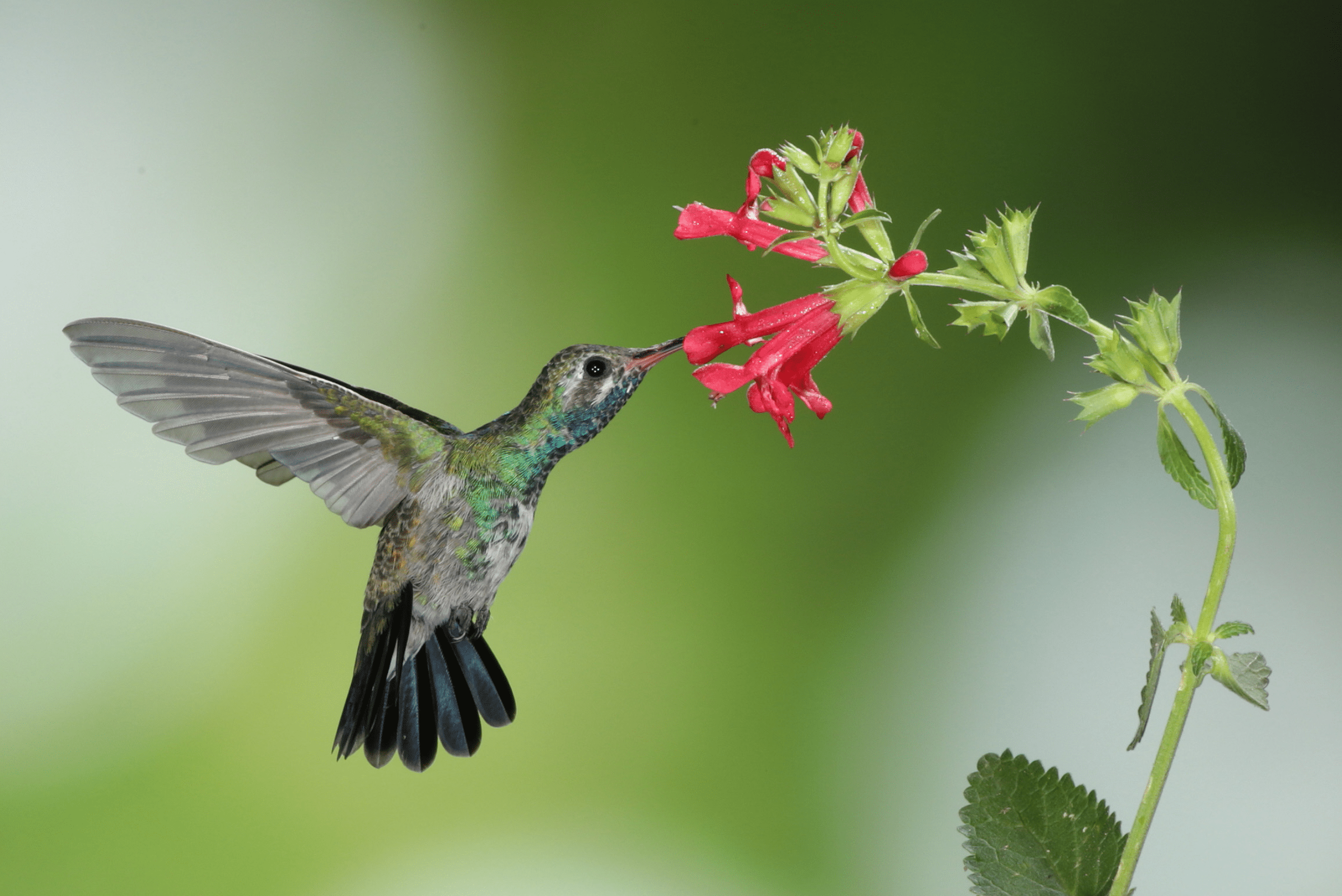
3. Trumpet Vine (Campsis radicans)
As its name suggests, the trumpet vine produces trumpet-shaped flowers that hummingbirds adore. Its vibrant orange and red blossoms are packed with nectar, providing ample energy for these fast-moving birds.
Trumpet vine is a vigorous climber, perfect for growing along fences, trellises, or pergolas. Because it grows quickly, you’ll want to prune it regularly to keep it from becoming invasive. Plant it in full sun for the best flowering results.
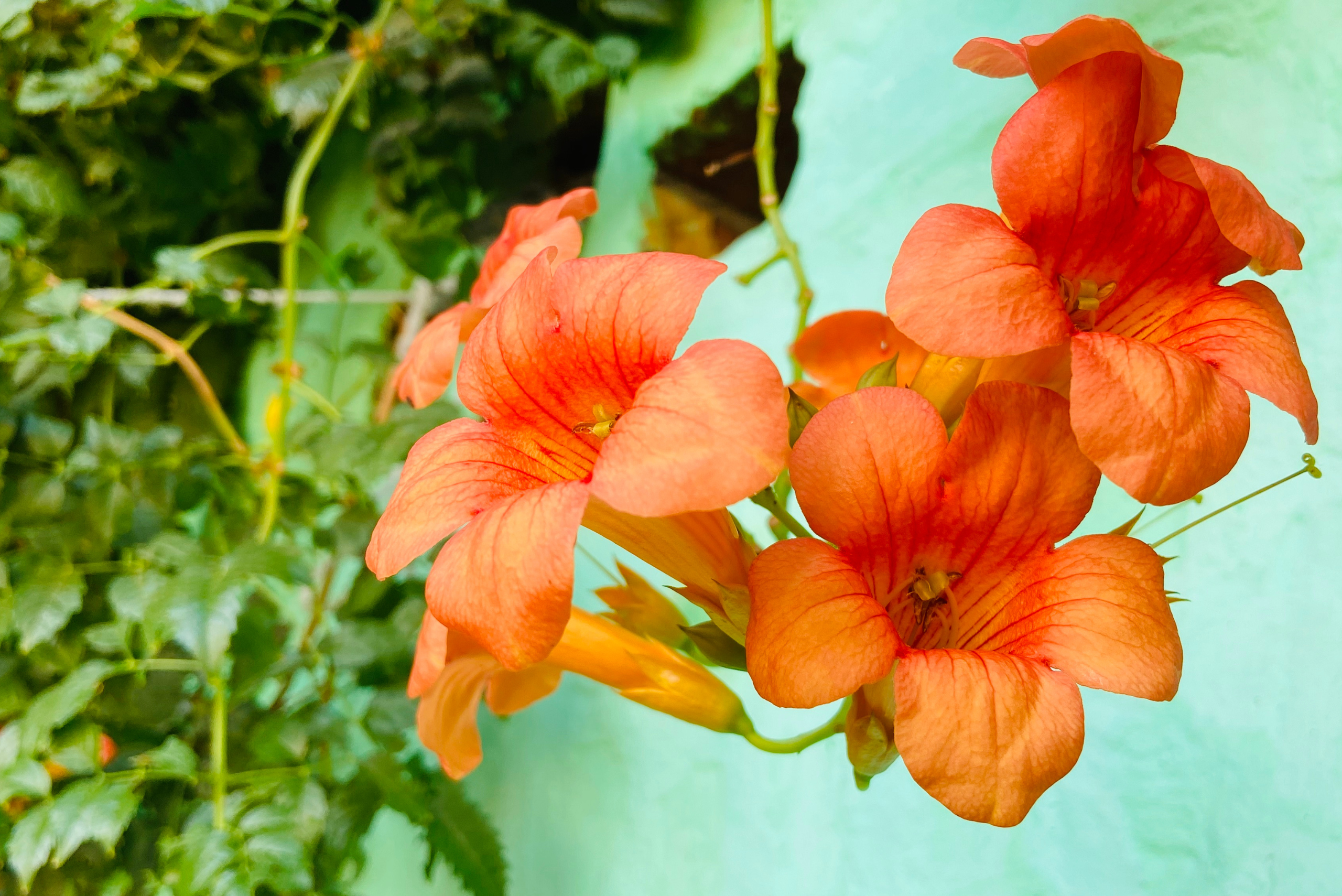
4. Columbine (Aquilegia)
Columbine’s delicate, bell-shaped flowers may look fragile, but they pack a punch when it comes to nectar production. Their unique spurred petals make them especially appealing to hummingbirds.
Columbine thrives in partial shade, making it a great choice for areas that don’t receive constant sunlight. These flowers bloom in early spring, giving hummingbirds an early-season food source before other nectar-rich plants start flowering.
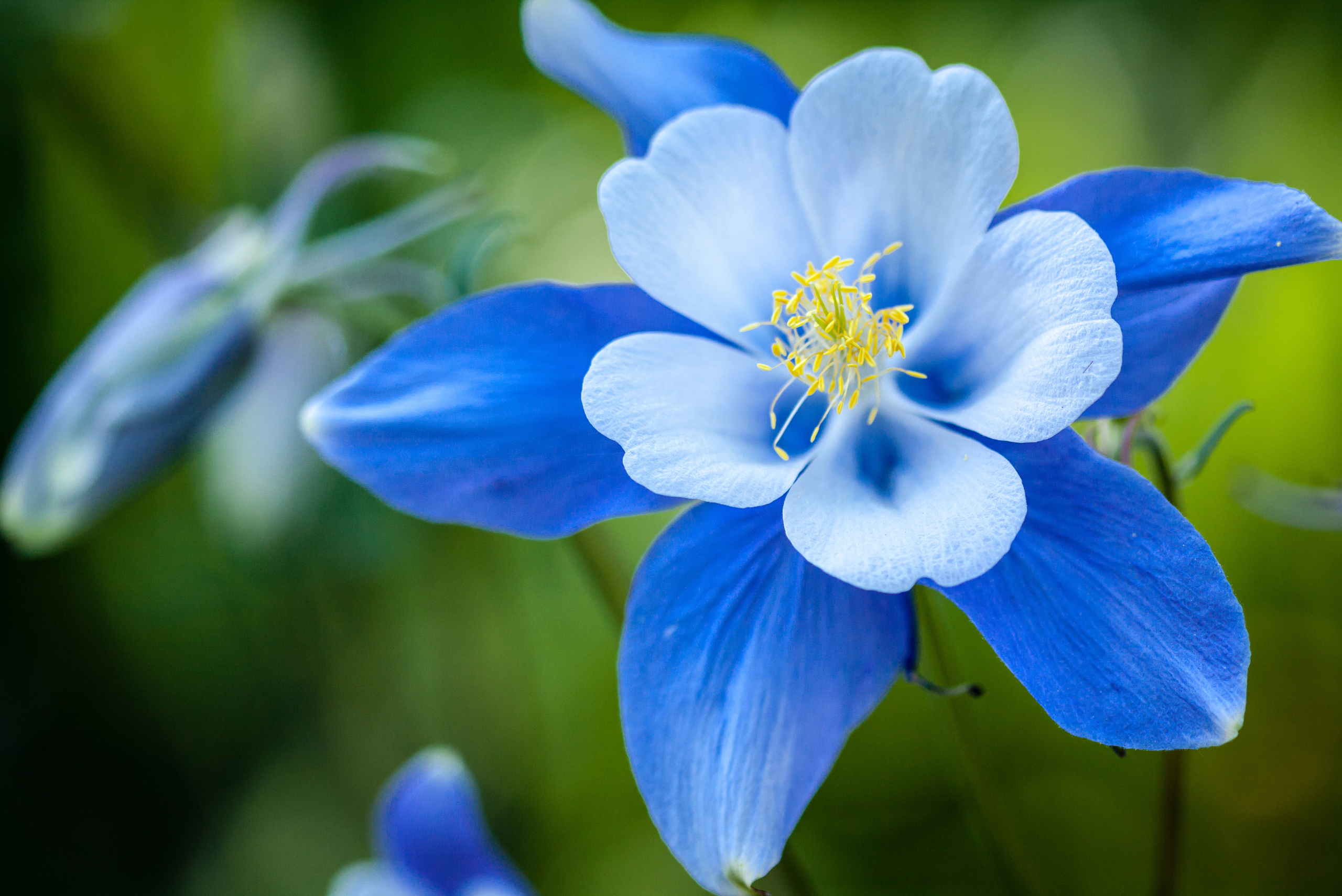
5. Cardinal Flower (Lobelia cardinalis)
With its striking red blooms and upright spikes, the cardinal flower is a magnet for hummingbirds. Its vibrant color is highly visible to these birds, and the flowers are rich in nectar, providing excellent nourishment.
Cardinal flowers prefer moist soil and can even thrive in wetter conditions, making them ideal for planting near ponds, streams, or other damp areas. Regular deadheading can prolong their blooming season, ensuring a longer period of hummingbird activity in your garden.

Related Articles
- Creative Birdhouse Ideas for Your Backyard Sanctuary
- How to Build a Birdhouse: The Complete Guide
- Build a DIY Squirrel Feeder For a Fun and Simple Woodworking Project
By planting a variety of nectar-rich flowers that bloom at different times throughout the season, you can create a hummingbird-friendly haven in your garden. Bee balm, salvia, trumpet vine, columbine, and cardinal flower are all excellent choices to keep these energetic birds visiting your yard. With the right combination of plants, you’ll enjoy a vibrant, colorful garden that’s alive with the delightful buzz of hummingbird wings.

